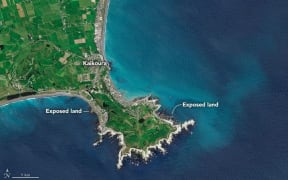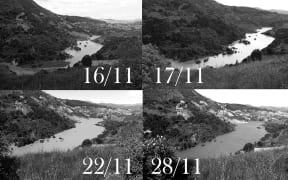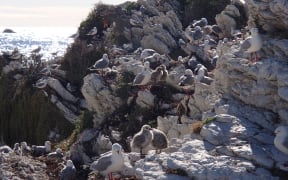At least 21 faults ruptured during the Kaikōura earthquake - a possible world record for a single earthquake.
Of those, 14 moved violently enough to displace land by more than a metre.
The 14 November quake is now being described as probably the most complex ever recorded.
Immediately after the 7.8 earthquake it was clear that five faults had ruptured.
By December, flights over the area had discovered evidence that the tally had risen to nine, explaining more of the massive landslides.
But GNS scientists have now established at least 21 faults ruptured.
Most of the faults were known and had been mapped, but some had not previously been recognised.
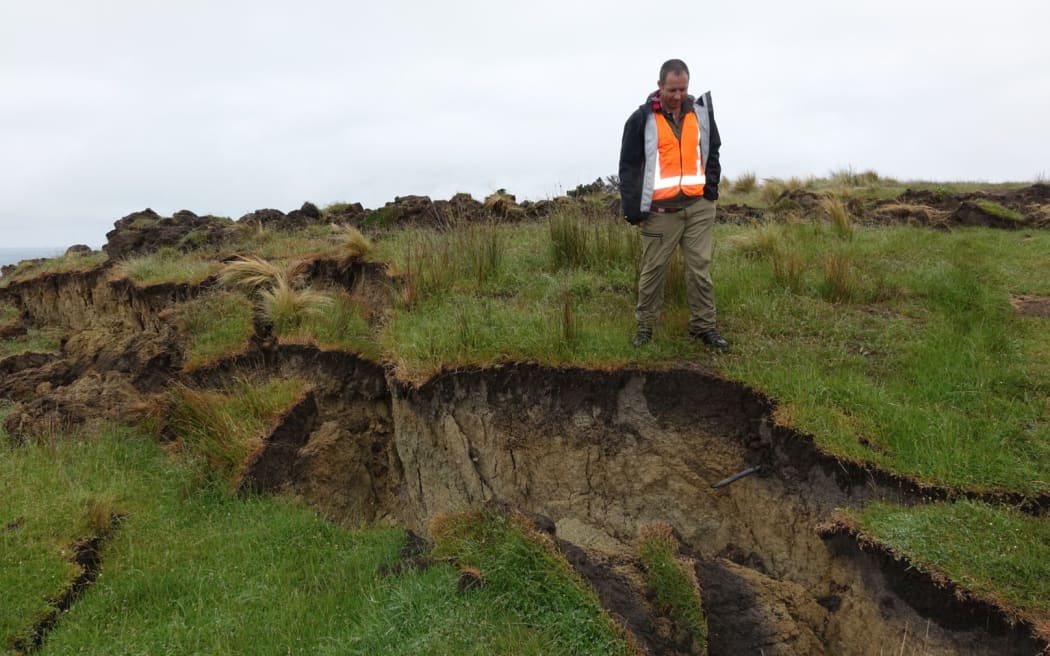
A land slump in November's 7.8 quake. Photo: RNZ / Tracy Neal
GNS earthquake geologist Kate Clark said that was more than in the massive 8.2 Wairarapa quake in 1855.
Dr Clark told Morning Report modern technology allowed scientists to find out more about earthquakes.
It was possible there were other earthquakes with similar complexity to the Kaikōura quake, but they occurred at a time when measurement tools were not what they are today.
Dr Clark said "six or seven" faults were believed to have ruptured in the 6.5-magnitude Edgecumbe earthquake, in March 1987.
"But at that time we didn't have the ability, for example, to go and collect radar mapping of the faults or satellite imagery."
More than 50 people have been out in the field mapping the faults, over a distance of 180km, during the past four months.
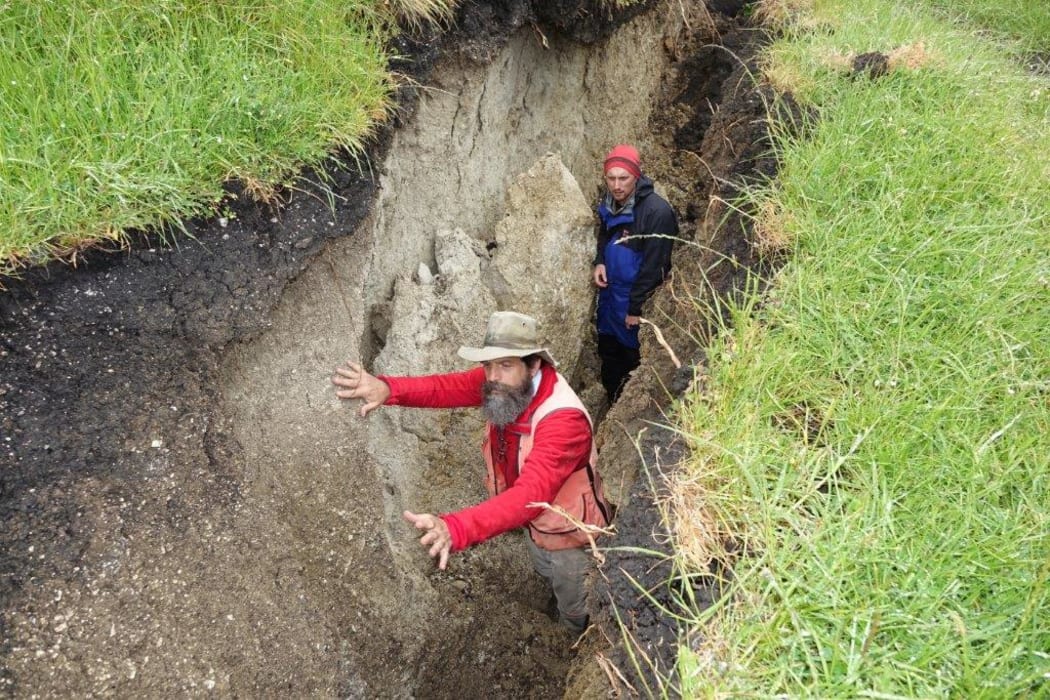
Geologists Russ van Dissen and Jamie Howarth are dwarfed by a rupture in the Kekerengu Fault. Photo: RNZ / Tracy Neal

